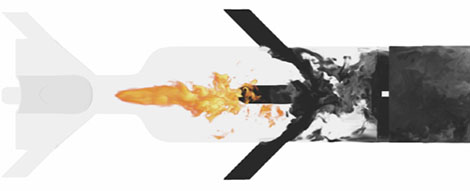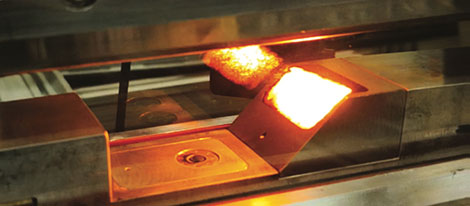ATLANTIS: Wind Energy with Integrated Servo-control (WEIS) Toolset Development Project
The Wind Energy with Integrated Servo-control (WEIS) model, a revolutionary open-source tool set, enables control co-design (CCD) optimization of both conventional and innovative, cost-effective, floating offshore wind turbines (FOWTs). The WEIS is collaboratively developed by the National Renewable Energy Laboratory (NREL), the University of Illinois at Urbana-Champaign (UIUC), and the Colorado State University (CSU). The WEIS accounts directly for plant-control design coupling, identify system-optimal solutions, and support a range of CCD formulations, including simultaneous, nested, and other proposed formulations that are mathematically equivalent. The WEIS is entirely open-source and equally accessible to researchers, large companies, and small startups.
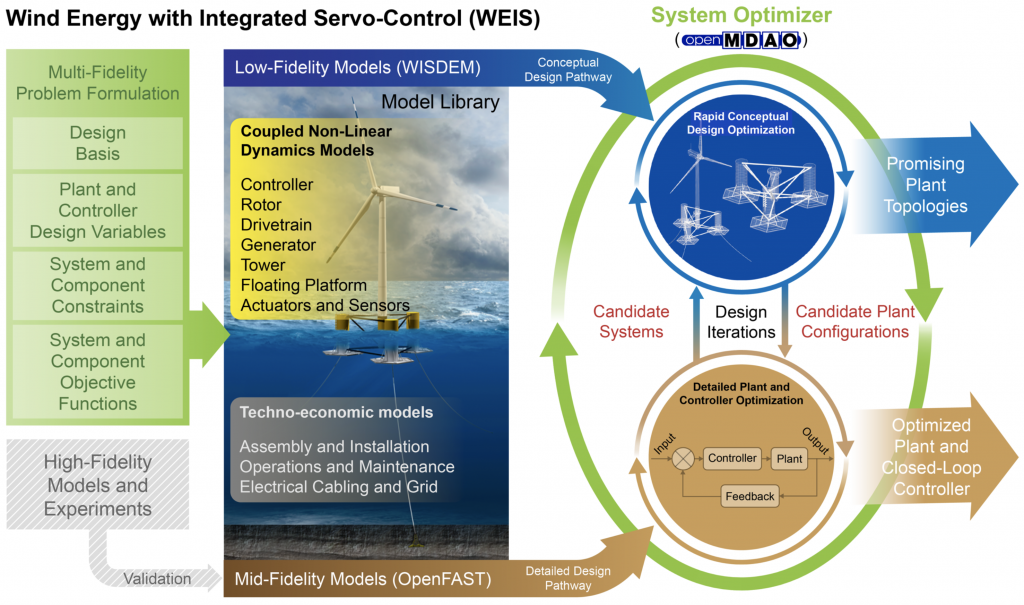
Download: http://github.com/WISDEM/WEIS/tree/develop
ATLANTIS: A Low-Cost Floating Offshore Vertical Axis Wind System (FloatVAWT) Development Project
A Low-Cost Floating Offshore Vertical Axis Wind System (FloatVAWT) project aims to develop an economically competitive FOWT design that features a vertical axis wind turbine (VAWT), exploiting inherent VAWT characteristics that are favorable to the deep-water environment while overcoming common VAWT challenges through a control co-design approach. We are developing a design approach based on a Hierarchical Control Co-design (H-CCD) framework tailored to the design of the floating VAWT system, subsystem, and components. The novel elements of this framework include aeroelastic tailoring of the rotor to reduce parked and operating loads, coordination of active on-blade flow control with rotor speed control to reduce torque variability, a lightweight and stable platform design, and a modular drivetrain.
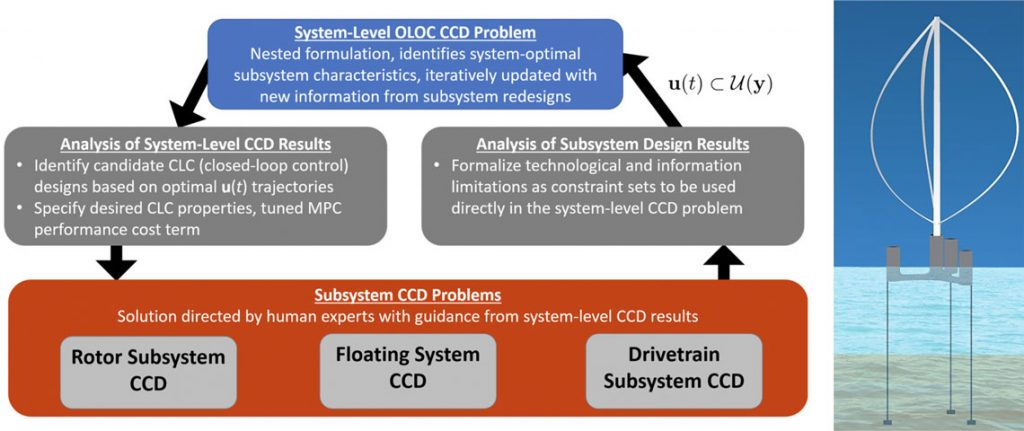
SPI2: Three-Dimensional Spatial Packaging of Interconnected Systems with Physical Interactions Project
Spatial packaging of interconnected components with coupled physical interactions (thermal, hydraulic, electromagnetic, etc.) or SPI2 (pronounced “spy-two”), plays a vital role in the functionality, operation, energy usage, and life cycle of practically all engineered systems, from chips to ships to aircraft. SPI2 problems involve tight coupling between 3D packing, interconnect routing, and physics evaluation. These highly nonlinear spatial packaging problems, governed by coupled physical phenomena transferring energy through intricate and highly complex geometric interconnects, have largely resisted design automation, and can quickly exceed human cognitive abilities at even moderate complexity levels. The current state-of-the-art in defining an arrangement of these functionally heterogeneous artifacts still largely relies on human intuition and manual spatial placement, which limits system sophistication and can result in biased human errors and delayed delivery of critical engineering systems. For more details, please visit our SPI2 research website. If you have any questions or are considering being part of this SPI2 research ecosystem, please contact Prof. James Allison.
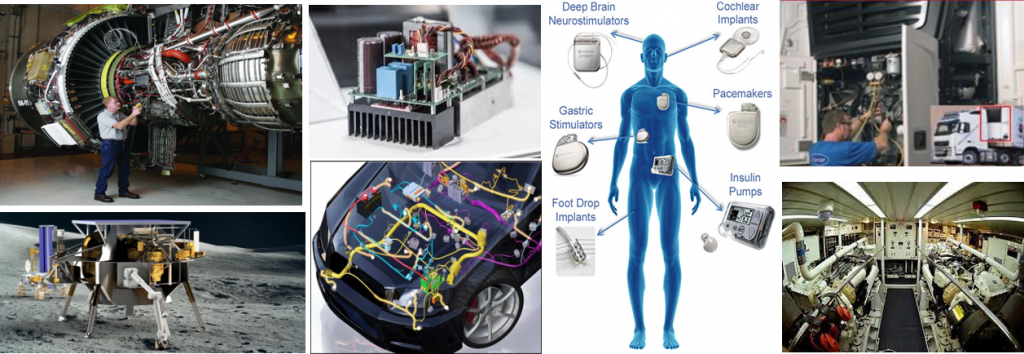
CEESD: Exascale-enabled Scramjet Design Project
Air-breathing high-speed propulsion in the form of a scramjet—a supersonic combustion ramjet—promises to revolutionize global transport and access to space. The Center for Exascale-enabled Scramjet Design (CEESD) will develop physics-faithful predictive simulations enabled by advanced computer science methods to leverage massive-scale computational resources, in order to advance scramjet designs that leverage advanced high-temperature composite materials.
